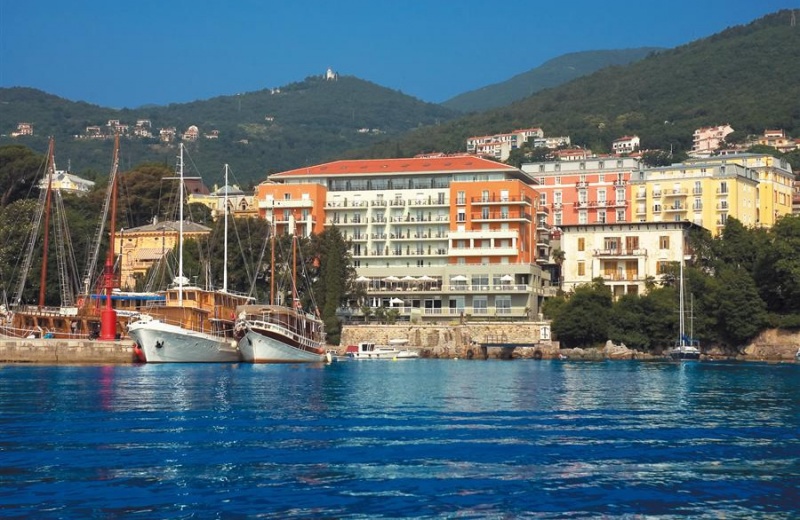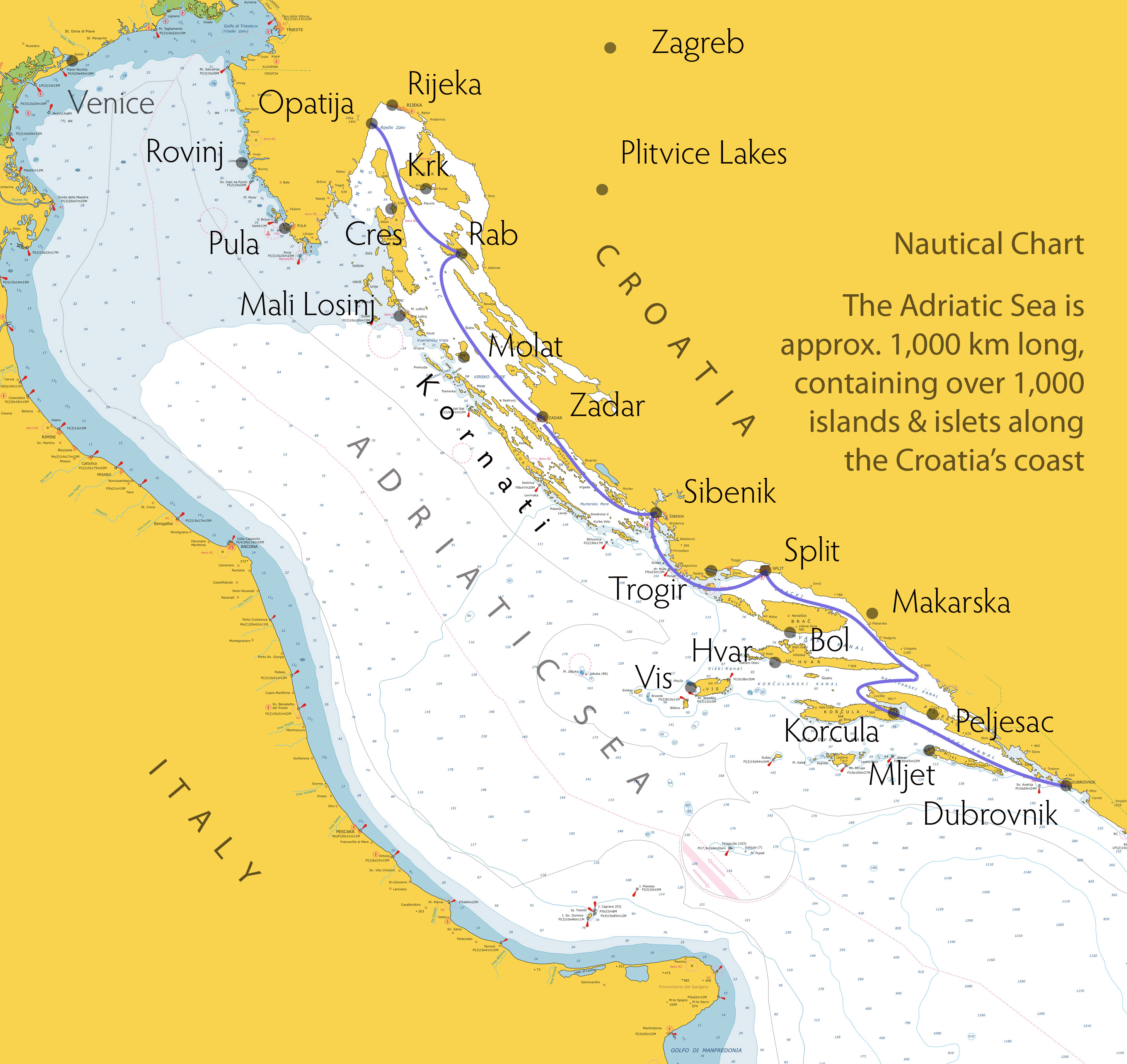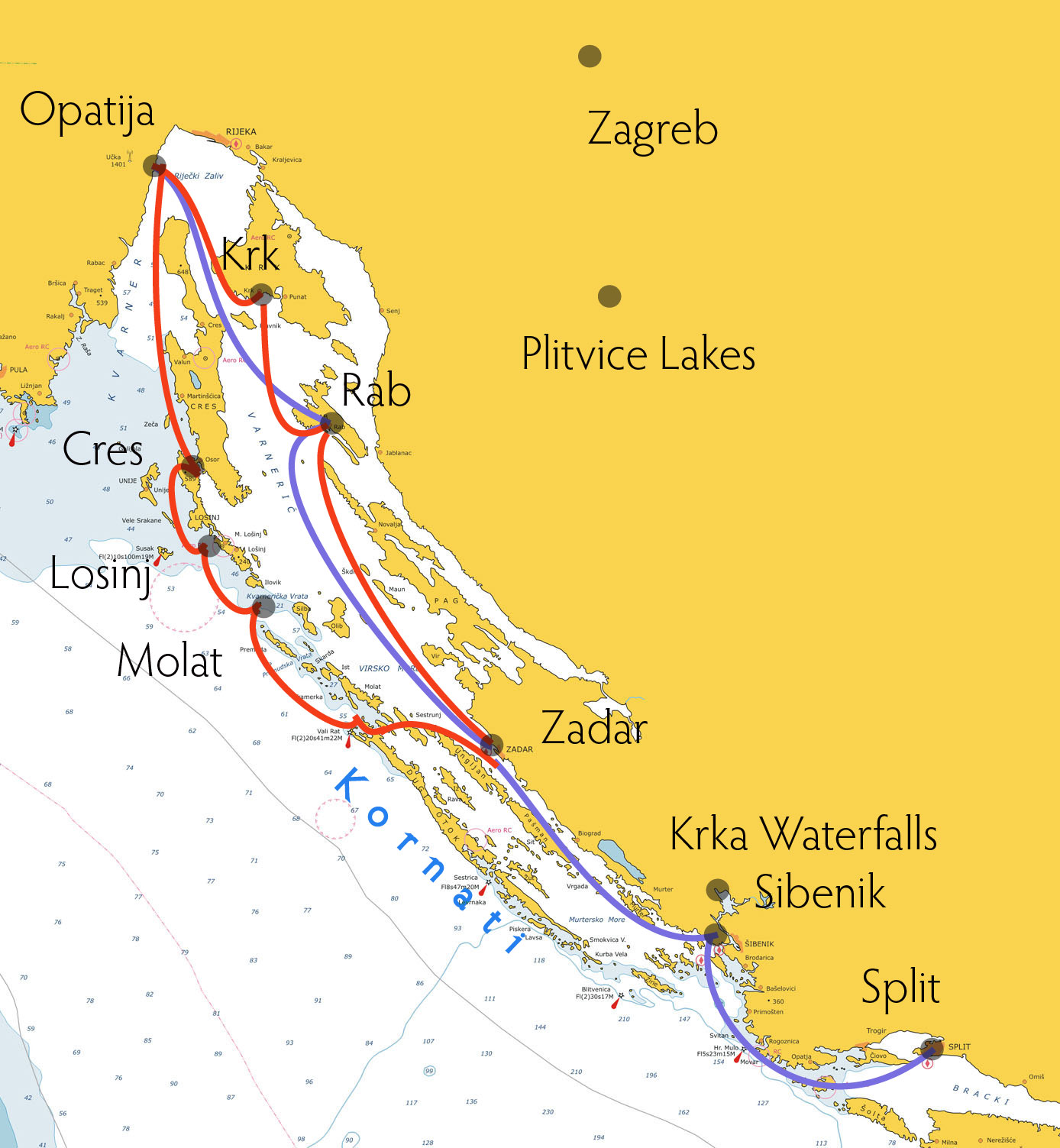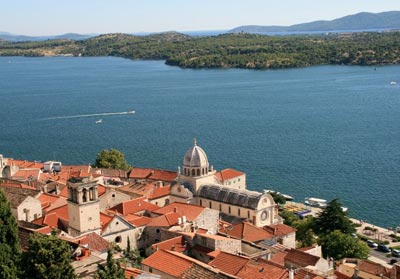 |
| Croatia's Adriatic Coast |
|
Scores of local cruisers sail weekly from Opatija, Split and Dubrovnik, April through October |
 |
| Cruise at a more leisurely pace on vintage coastal freighters, which once delivered supplies to the islands off Croatia's 1,100-mile coastline, now repurposed accommodate 20 to 40 guests. Cruise and stop at medieval walled towns, orange-roofed fishing villages, vineyards, and pebbly white beaches or savor the classic Med scenery at anchor. |
|
National Geographic Traveler, Tours of Lifetime 2011 
|
|
Adriatic Explorer Sail along the northern and suothern Croatia coasts in 7 days. Direct flights are available from major European cities to Dubrovnik, Split and Zagreb, the Capital City. Soutbound Opatija-Dubrovnik Northbound Dubrovnik-Opatija |
 |
| Northern Coast |
 |
 Split northern Dalmatia, 7 days Our comments from the cruise in 2012 |
| Southern Coast |

|
 |
|
Dalmatian Paradise, 7 days - Comments from a cruise in 2015 Split-Dubrovnik, one way 7 days Dubrovnik-Split, one way 7 days |
| Reservations |
| Call into the little ports surrounded by towering cliffs and mountains running down to a fabulous seacoast and the old-world elegance, such as the Opatija Riviera. |
| On the last day of Creation, God desired to crown his work and thus created the Kornati Islands out of tears, stars and breath ..., wrote Irish author and playwright George Bernard Shaw. Kornati form the largest cluster of islands, islets and rocks in the Adriatic. |
   |
| A pattern of larger islands is stretching through a sun-warmed sea. Island follows island: Molat, Ilovik, Zlarin, Vis, Lastovo .... not all having the cachet of Hvar or Rab, but that's fine. You get the simple charm, such as perfectly barbecued lamb with a good glass of wine in an ancient tavern near a lavender grove overlooking the sea. Or, as one guest said: It charms because it is unlike busy, over-populated, globalized places. There is no disco, thank goodness. The supermarket isn't much of a place, but you could buy cheese from an ancient farmer under the village tree. --- The cities -- even sizable ones like Split and Dubrovnik, Mr. Bathon says in his story copied below,-- are small enough so that a vigorous walk can provide many delightful memories: these are beautiful, accessible cities set within, or surrounding, a fascinating history in which Romans, Greeks, Venetians and Turks all played a part. Sibenik with St. James Cathedral in the foreground, a unique example of church architecture built in stone and no other structural materials. The cathedral is a UNESCO world cultural heritage site -- In the background lies the Kornati archipelago. |
 |
| Split is the economic and administrative hub of Dalmatia, with about 200,000 inhabitants. The importance of Diocletian's Palace far transcends its local significance because of the extent of its preservation as well as the buildings of successive historical periods constructed within its walls, which today form the very heart of the old city. |
 A monumental court, called the Peristyle, and the Cathedral of St. Domnius - a tourist attraction |
| Many of Split's historical and cultural buildings can be found within the walls of Diocletian's Palace. In addition, numerous museums, the National Theatre, old churches and other archaeological sites in the Split region make it an important cultural attraction. |
| The old-walled city of Dubrovnik is a world treasure, a time capsule offering its visitors an unparalleled glimpse of life in a medieval maritime city-state. Recognized by UNESCO as a World Cultural Heritage site, the beauty of the old city is matched by the traditional hospitality of its residents. |

|
| No one should miss the opportunity to explore the old forts and ramparts that encircle the city, visit its many shops, or taste local specialties as well as the finest wines of the region. Dubrovnik, like so many of Croatia's historic cities, can be easily explored on foot. Few urban experiences match strolling down the centuries-old promenade known as Stradun. More than an avenue, it is the city's main artery, lined with graceful stone palazzos where people work as well as live. Guided sightseeing tours of this fascinating city and its rich history and culture are highly recommended. Highlights include the Rector's Palace, the historic seat of government in medieval Dubrovnik; the Church of St. Blaise; the Franciscan Monastery with its 14th century pharmacy; the Dominican Monastery and the city's walls and gates. |
| Reservations |
 |
| "We had a couple of rainy, windy days on the northern leg of the trip, and a lady we met in one of the markets said she had lived in Split for sixty years, and had never seen bad weather in September! It's easy to get spoiled on the Dalmatian coast. The sky, in the summer and early fall, is almost always clear azure, matching the color of the sea. I swear (well, maybe not on the Bible) that you can see a dime on the bottom in 40 feet, and tell whether it's heads or tails. |
 |
| On both the northern and southern legs of the cruise, calls into the little ports on the coast were magical mountains running down to a fabulous seacoast. Sail, anchor, swim during the day, and pull into port in plenty of time for exploration. The food on the boat was excellent, not to speak of the fare in the local restaurants we found every night when we pulled into port -- sophisticated or simple, your choice. |

|
All of Croatia seemed to us to be a land of lavender and honey, wine and olives and the bounty of the sea. It reminded me, honestly, of when I was a young Navy Ensign on the Cote d'Azure fifty years ago. The cities -- even sizable ones like Split and Dubrovnik -- are small enough so that a vigorous walk can provide many delightful memories: these are beautiful, modern, accessible cities set within, or surrounding, a fascinating history in which Romans, Greeks, Venetians and Turks all played a part. Where else can you find marble sidewalks, and buildings of pure white stone? Only, I guess, where the mountains are made of marble and pure white stone -- the same stone, we were told, that was imported when the White House was built in Washington. |
 |
|
What we will remember, in the end, are the people that we met. The other passengers -- Aussies, Kiwis, English, and a small German contingent -- were the best company possible. Before we boarded the boat in Split, while we were having breakfast on the terrace, the owner of the Hotel Peristil would show up every morning with a big smile, carrying a huge fish fresh from the local market, so we knew what we would be eating that night. We came home with many memories of kindly and gracious treatment by people in all the places we visited". Heidi and Greg Bathon of Baltimore, MD |
| Our brief stories from cruising in Northern and Southern Adriatic More Information and Reservations |
|
|
|
Maris Intl Freighter Specialty Cruises Since 1993 |